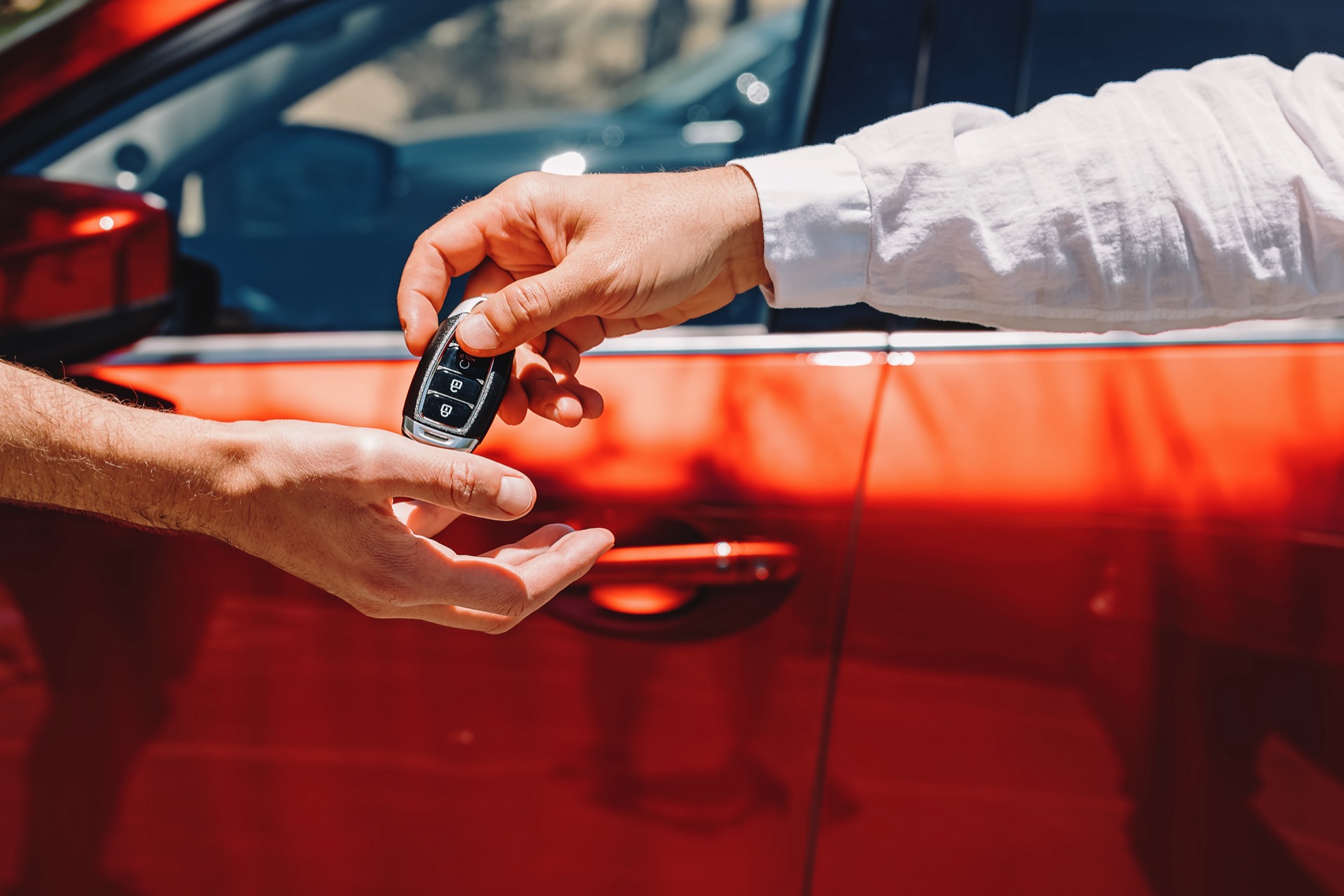High interest rates, car prices lead to record loans, debt

New car shoppers continue to pay record levels, and many are funding their purchases with record-level loan amounts that teeter into delinquencies and eventually, negative equity, or owing more than the car is worth. Recent reports from Edmunds and Bloomberg found that high interest rates coupled with high new car prices and cooling used car values have found many Americans upside down on their car loans.
“Even if the US economy avoids a recession this year, consumers will likely struggle to make payments on their auto loans, especially with the Federal Reserve planning to keep raising interest rates,” Bloomberg reported on Thursday.
The average new car interest rate rose to 6.5% in Q4 of 2022, up from 4.1% a year earlier, according to data from Edmunds. The confluence of high new car prices and higher interest rates means that borrowers owe more and are taking out longer, more expensive loans to finance their purchase.
The average term limit of a new car loan is 70 months, which has stayed relatively even for the past few years. The difference now is the monthly payment has ballooned to $717 per month in Q4 of 2022, up from $659 a year ago. Nearly 16% of new car borrowers are paying more than $1,000 per month—a record—due to the double whammy of high new car prices and high interest rates.
The average price shoppers are paying for a new car reached $46,229, which is a record for the month and an increase of 4.8% from February 2022. In December 2022, the average hit $47,362, which was a record for any month in history. The average new car price has risen 20% since the start of the pandemic, according to Automotive News, with no signs of it cooling off any time soon.
With supply finally catching up with demand, new car shoppers were estimated to spend “nearly $42.0 billion on new vehicles” in the month, another February record.
“Despite economic headwinds, the auto industry is on track to deliver year-over-year sales growth alongside record transaction prices and record consumer expenditures for the month of February,” said Thomas King, president of data and analytics at J.D. Power.
Now that supply constraints have loosened, more new cars mean that dealers won’t be selling as many cars above MSRP as they did during the pandemic. In July 2022, the number of vehicles sold above MSRP was 48%, compared to 31% now. J.D. Power estimates that dealers make $3,820 on every new car sold, which is down more than 23% from a year ago.
Are 7-year car loans the new normal?
That might be down news for dealers, but good news for their financial arms. For now.
Consumers are requesting longer terms as a way of lowering their monthly payments, Automotive News reported in January. In the third quarter of 2022, 20% of new car borrowers committed to at least seven-year, 84-month loans, according to Experian. And used car borrowers got in on the action, with 11% of borrowers agreeing to a seven-year loan.
Four to five years into that loan, the vehicle can be worth less than what is owed on the loan. So if an owner went to trade in for a new car, they would have to roll the old debt on the trade-in into the new car loan, further compounding the debt.
During the topsy-turvy pandemic world, when the constraints on new car prices let to recored used car prices, a shopper could trade in their car for a much higher value to offset the cost of a new car loan. For a brief time, owners were able to sell their gently used cars for more than they paid for them.
Those days are over. Used car prices have fallen 7.3% in February 2023 from the year before, according to Manheim’s Used Vehicle Value Index.
“As we shifted toward an environment with diminished used car values and rising interest rates over the past few months, consumers have become less insulated from those riskier loan decisions, and we are only seeing the tip of the negative equity iceberg,” Ivan Drury, Edmunds’ director of insights, said in a statement.
This means new car shoppers will either keep amassing debt, and increasing the risk of default, or stay in their current vehicles and stop buying new cars.

